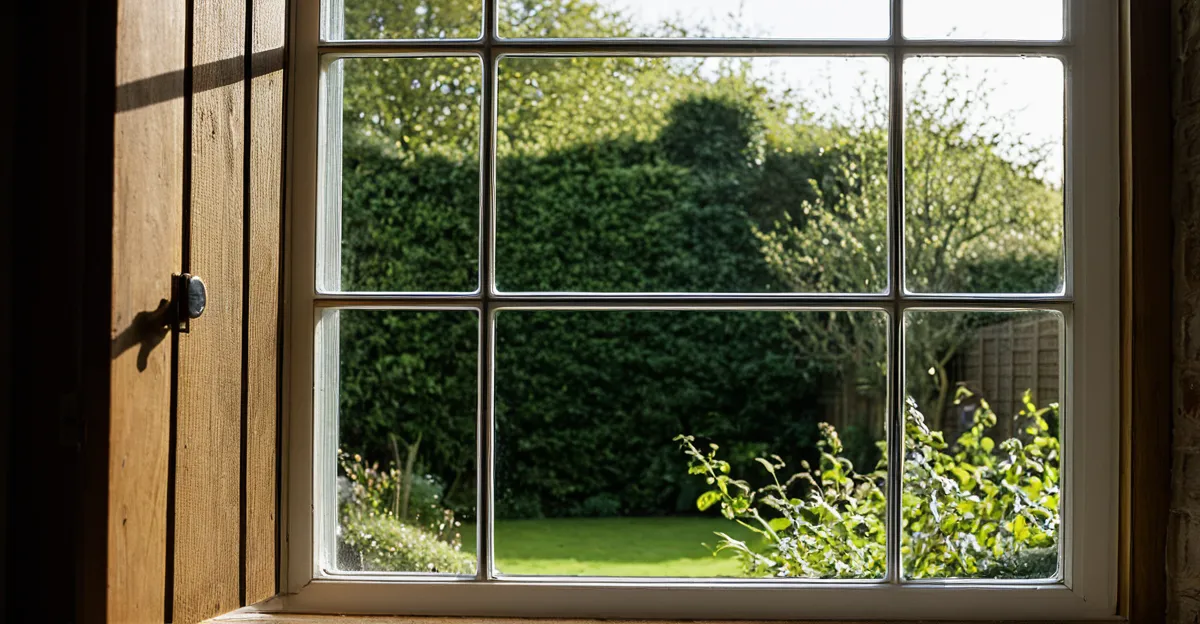Top tips for maximising natural light in your UK home
Enhancing natural light in UK homes begins with thoughtful interior choices that increase natural daylight flow. One of the most effective strategies is to use lighter paint colors and finishes on walls and ceilings. Light shades with satin or eggshell finishes reflect more daylight than darker, matte paints, creating a brighter atmosphere even on overcast UK days.
Strategic placement of mirrors is another powerful yet simple method to enhance natural light. Positioning mirrors opposite windows or light sources helps reflect natural daylight deeper into rooms. This technique not only amplifies existing light but can make smaller or darker spaces feel more open and airy.
Also to discover : How can you design a low-maintenance garden for UK homes?
When selecting window treatments, it is essential to pick options that allow more sunlight to penetrate. Sheer curtains or blinds that are adjustable enable control over natural light without blocking it entirely. Avoid heavy drapes that absorb light and opt for materials that diffuse rather than obstruct daylight.
Maximising natural light also depends on minimising obstacles that prevent light flow. Keep windowsills clear and avoid bulky furniture near light sources to allow sunlight to travel freely into the room. These combined tips significantly improve the brightness of UK homes, making spaces feel more inviting and energy efficient.
This might interest you : How can you create an eco-friendly garden in your UK backyard?
Modifying windows and doors for increased sunlight
Upgrading windows and doors is a highly effective way to enhance natural light and improve home lighting in UK homes. Installing larger windows can dramatically increase the amount of natural daylight entering a room. Expanding window size allows for better light diffusion and creates a more open, airy feel. In many UK properties, where space and wall placement can limit window expansion, options like skylights or sun tunnels are excellent alternatives. Skylights, installed in the roof, bring direct sunlight from above, significantly increasing natural daylight even in rooms with few external walls.
Replacing traditional solid doors with glass doors or doors featuring glass panels also boosts sunlight flow between rooms. This simple change not only invites more light but helps distribute it throughout the home, breaking through darker interior divisions. For example, installing French doors or sliding glass doors leading to a garden or patio can flood adjacent rooms with daylight.
However, when considering these window upgrades in UK homes, it is important to check local building regulations and permissions. Many UK houses, especially listed buildings or those in conservation areas, have restrictions on modifications to windows and doors. Additionally, typical UK house layouts often include shared walls and smaller external fronts, so any alterations must consider structural integrity and neighbour privacy.
Overall, carefully planned modifications to windows and doors offer substantial home lighting improvements, making rooms feel larger, lighter, and more energising without relying solely on artificial light.
Decorating choices that brighten darker UK rooms
Small yet impactful changes to room brightness can transform dim UK spaces into welcoming, light-filled areas. To enhance natural light in darker rooms, incorporating reflective surfaces is key. Furnishings with glossy or satin finishes bounce light around the space more effectively than matte textures, which absorb light and deepen shadows. Think about polished wood floors, high-sheen cabinetry, or glass tabletop accents that help distribute daylight.
Light-coloured furnishings and décor also play a crucial role in enhancing dim rooms. Opting for pale upholstery, cushions, or rugs can lighten the overall tone of a room, making it feel larger and more radiant. These soft, neutral shades work well in tandem with reflective finishes to maximise room brightness without overwhelming the space.
Another vital tip is to minimise clutter and bulky furniture that block natural light paths. Keeping surfaces clear and choosing streamlined furniture allows daylight to flow unhindered, brightening even the darkest corners. Strategic layout where seating or tables don’t obstruct windows enhances the spread of natural light throughout UK homes.
In summary, combining light-coloured furnishings, reflective surfaces, and clutter minimisation creates a synergy that significantly improves visibility and atmosphere in rooms prone to low light. These design choices are an accessible way to brighten UK homes naturally, elevating both style and comfort.
Addressing common UK challenges to natural lighting
Despite best efforts, the UK climate poses significant hurdles to maintaining bright interiors. Frequent overcast days and extended periods of low natural sunlight often leave homes dim. To boost light in UK homes during gloomy weather, it is essential to adopt strategies designed specifically for these conditions.
One major obstacle is external obstructions such as neighbouring buildings or dense trees that cast shadows over windows. These obstructions can severely limit the amount of daylight entering a room, even during peak daylight hours. To counter this, homeowners can install architectural elements like light wells—vertical shafts or open spaces that channel sunlight from roofs or higher elevations straight into lower floors. Light wells are particularly effective at bypassing shading from nearby structures and drawing natural light deep inside.
Additionally, reflective surfaces and light-colored exterior walls around obstructed windows can help reflect whatever daylight is available, amplifying natural daylight inside. Regular pruning of trees and careful landscape planning further reduce shade caused by vegetation.
Ultimately, understanding and adapting to the UK climate and common site-specific barriers—through measures like light wells and managing external shading—enables homeowners to significantly enhance natural light despite challenging conditions. These proactive steps ensure that spaces remain as bright and uplifting as possible throughout the year.
Weighing costs and benefits of natural lighting improvements
When considering natural lighting improvements in UK homes, understanding the balance between home improvement costs and long-term benefits is crucial. Upgrading windows, adding skylights, or installing glass doors involves upfront expenses that vary according to materials, design complexity, and labour. For example, larger windows or custom skylights tend to have higher installation costs compared to standard replacements. Yet, these investments lead to significant energy efficiency savings by reducing reliance on artificial lighting.
How do these costs translate into savings? Primarily, homes with increased natural daylight require less daytime use of electric lights, which lowers energy consumption and utility bills. Over time, these savings offset initial expenses, especially in UK regions where daylight hours fluctuate seasonally. Additionally, improved lighting contributes to occupant health and wellness by supporting natural circadian rhythms and enhancing mood and productivity.
Another significant benefit of enhancing natural lighting is its positive impact on property value. Bright, naturally well-lit spaces are increasingly attractive to buyers, making natural lighting investments a smart decision for homeowner resale potential. Furthermore, many energy-efficient improvements qualify for government incentives or grants, helping to ease the financial burden.
In summary, while home improvement costs for natural lighting enhancements can be considerable initially, the advantages—including lowered energy bills, improved well-being, and increased property worth—make these upgrades a worthwhile, sustainable choice. Assessing specific project scopes and potential savings aids homeowners in making informed decisions that best suit their budget and lifestyle.




